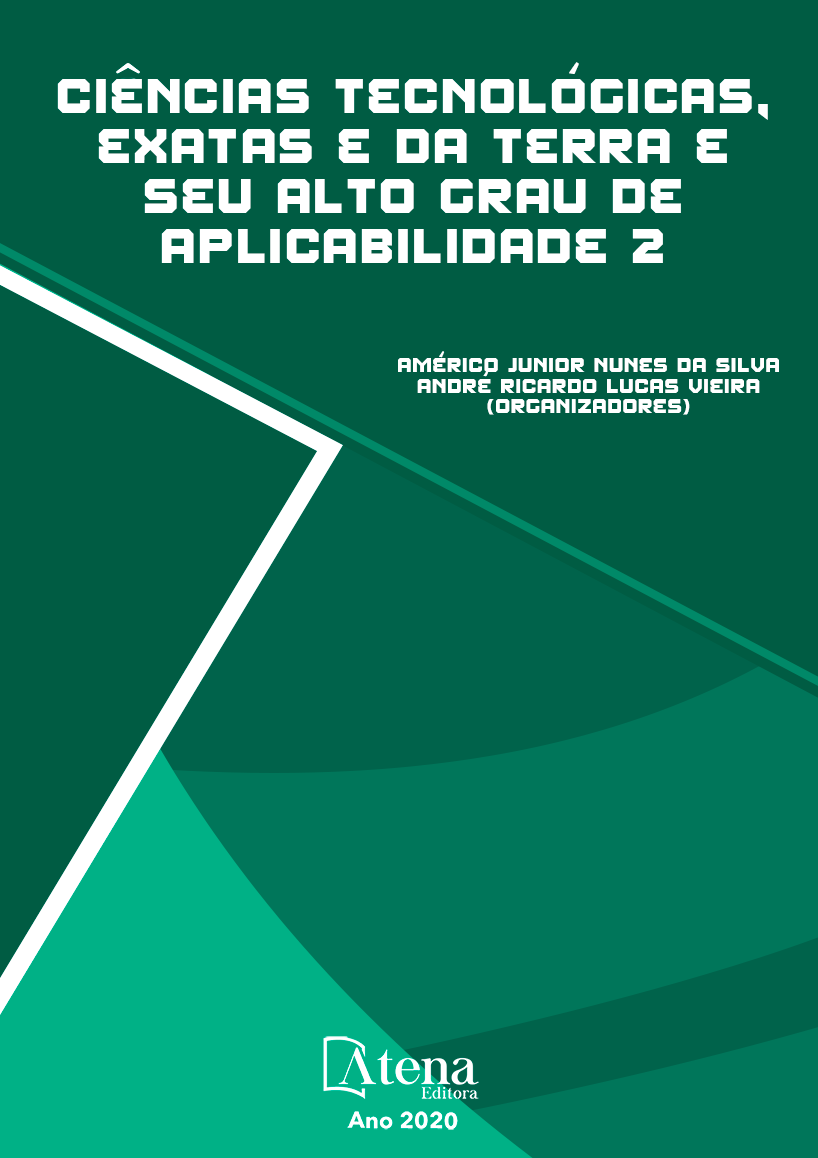
ESTUDO DA CAPACIDADE ADSORVENTE DO GENGIBRE (Zingiber officinale Roscoe) NO TRATAMENTO DE EFLUENTES DA INDÚSTRIA TÊXTIL
Um dos desafios enfrentados pela indústria têxtil é a remoção dos corantes presentes em seus efluentes, uma vez que a presença destes contaminantes está associada aos diversos riscos à saúde humana e aos organismos aquáticos. Dentre os métodos de tratamento de efluentes, a adsorção destaca-se como promissora e eficiente, além da possibilidade do aproveitamento de materiais alternativos como adsorventes. No que diz respeito aos resíduos agrícolas, podem-se citar os provenientes do gengibre, cujo cultivo é responsável pelo descarte de, aproximadamente, 20-30% dos rizomas considerados inadequados à comercialização. Associado a isso, há ainda o resíduo proveniente das indústrias processadoras do rizoma, que realizam a extração do óleo essencial e oleoresina. Por este motivo, o presente trabalho objetivou avaliar a capacidade adsorvente dos resíduos de gengibre frente ao corante alaranjado de metila. Além da influência da granulometria e da calcinação, objetivou-se ainda realizar um estudo termodinâmico do processo. Os estudos de adsorção foram conduzidos, em batelada, mantendo-se em contato 25 mL de solução de corante de 100 ppm com 0,15 g de adsorvente, sob diferentes temperaturas (25, 35 e 45°C) e tempos de contato (0-360 min). A influência da granulometria mostrou que o maior tamanho de partícula apresentou baixos percentuais de remoção, o qual apresentou uma melhora significativa após o emprego do tratamento térmico, cujo valor passou de, aproximadamente, 10% para 79%. A análise termodinâmica foi realizada para melhor compreensão do processo de adsorção, sendo possível caracterizá-lo como sendo exotérmico e favorável, além de promissor, ampliando a aplicação desse biochar. Foi verificada uma baixa afinidade entre o adsorvente e o adsorbato. Os resultados comprovaram a influência do aumento da temperatura na redução da capacidade adsorvente do gengibre in natura, visto que o maior percentual de remoção (44,51%) foi obtido na temperatura de 298,15 K.
ESTUDO DA CAPACIDADE ADSORVENTE DO GENGIBRE (Zingiber officinale Roscoe) NO TRATAMENTO DE EFLUENTES DA INDÚSTRIA TÊXTIL
-
DOI: 10.22533/at.ed.7702014075
-
Palavras-chave: adsorção, termodinâmica, alaranjado de metila, gengibre.
-
Keywords: adsorption, thermodynamics, methyl orange dye, ginger
-
Abstract:
One of the challenges of the textile industry is the treatment of the effluents mainly composed of dyes, since the presence of these contaminants is associated with several risks to human health and aquatic organisms. Among the effluent treatment methods, the adsorption has been studied as a promising and efficient, in addition to the possibility of using alternative natural adsorbents. In respect of the agricultural wastes, one can be mentioned as the ginger, whose cultivation is responsible for the disposal of approximately 20-30% that are considered unsuitable for commercialization. Moreover, there is a residue from the rhizome that is processed by the industries that are responsible for the extraction of essential oils and oleoresin. For this reason, the present study evaluated the adsorbent capacity of ginger residues in the removal of methyl orange dyes solutions. It was studied the influence of the granulometry and calcination, as well as the thermodynamic variables. The adsorption studies were carried out by keeping in contact 25 mL of dye solution of 100 ppm with 0.15 g of adsorbent, under different temperatures (25, 35 and 45 °C) and contact times (0-360 min). The influence of granulometry showed that the largest particle size showed lower removal percentages, which showed a significant increase after the heat treatment, approximately 10% to 79%. The thermodynamic analysis was performed to better understand the behavior of the adsorption process. In this case, the process was exothermic and favorable, being a promise to expand the application of this biochar. It can be also concluded that there was a low affinity between the adsorbent and the adsorbate. The results confirmed that the increase of temperature decreases the adsorbent capacity of fresh ginger, since the highest percentage of removal (44.51%) was obtained at 298.15 K.
-
Número de páginas: 16
- Ana Carolina da Silva
- Renata Nazaré Vilas Bôas
- Marcos Antonio da Silva Costa
- Marisa Fernandes Mendes


